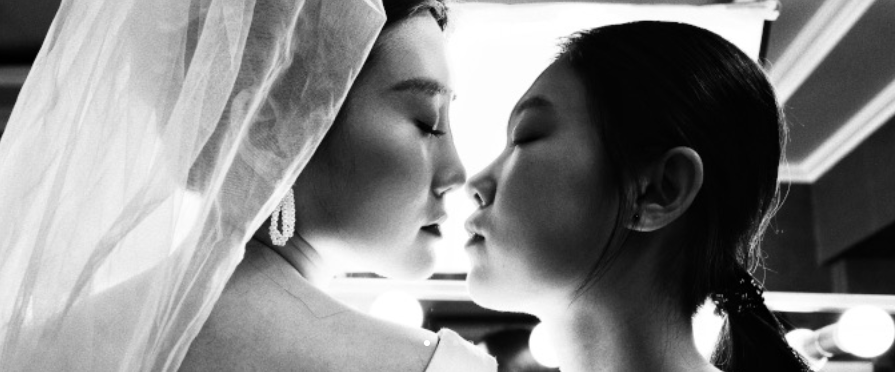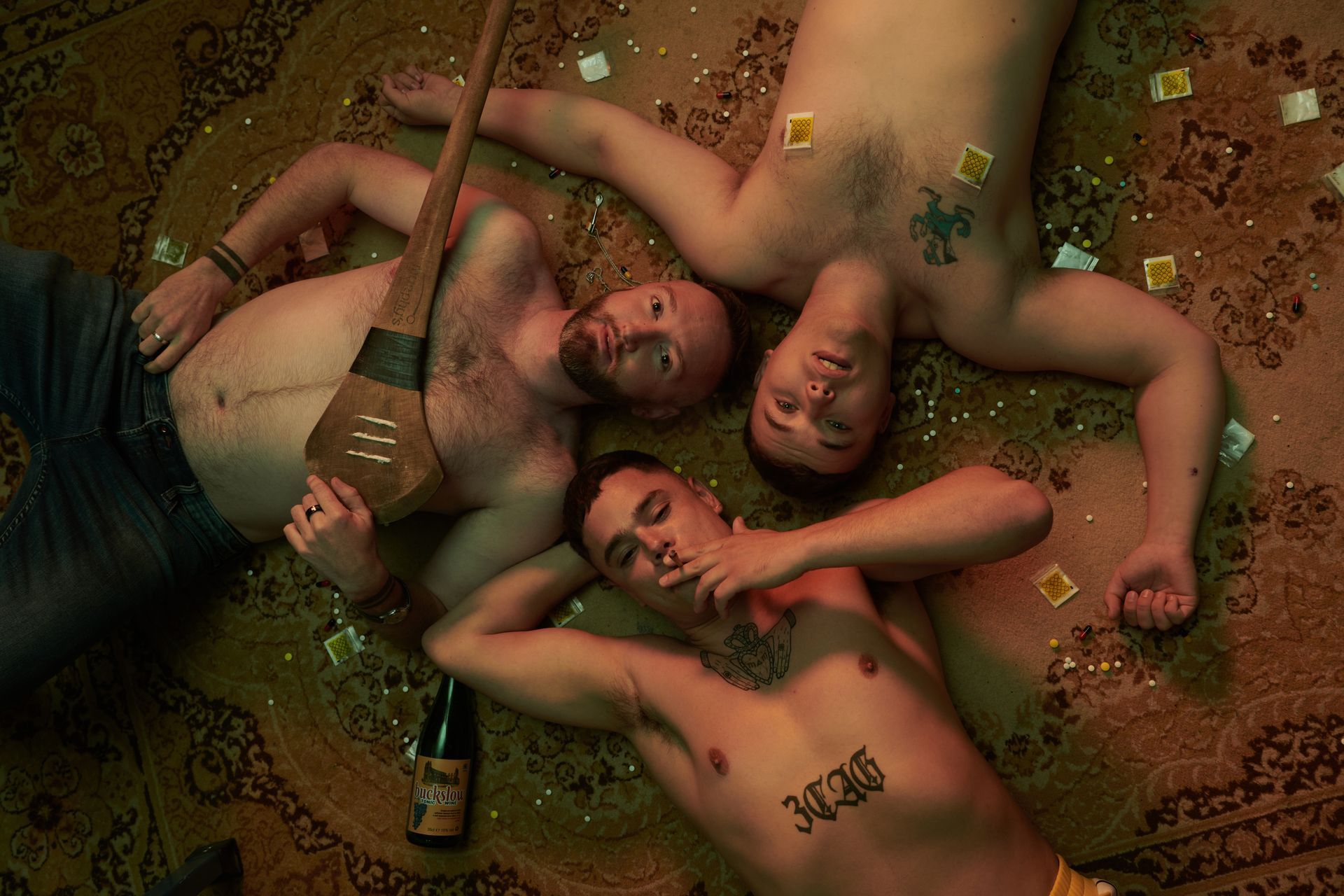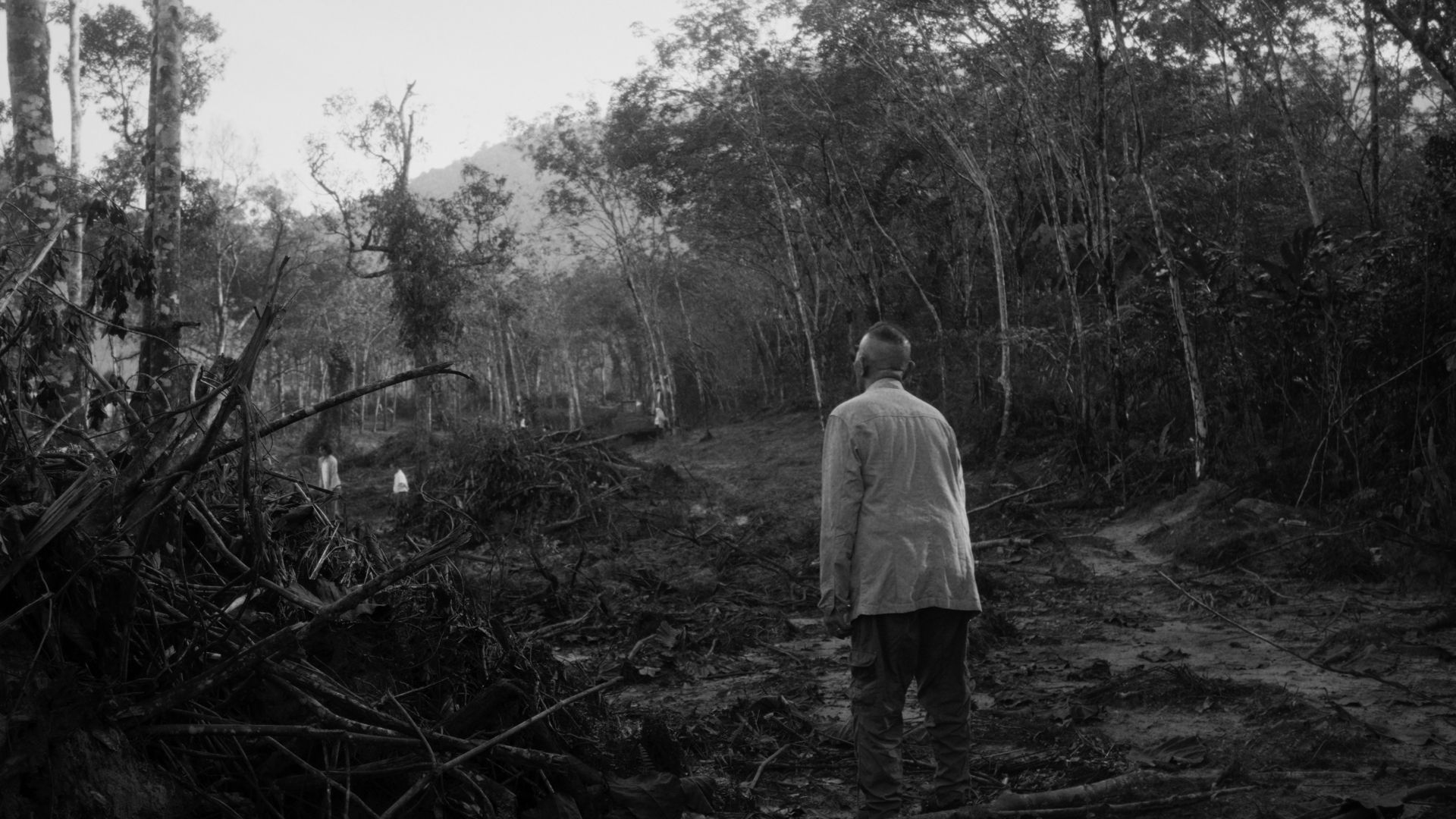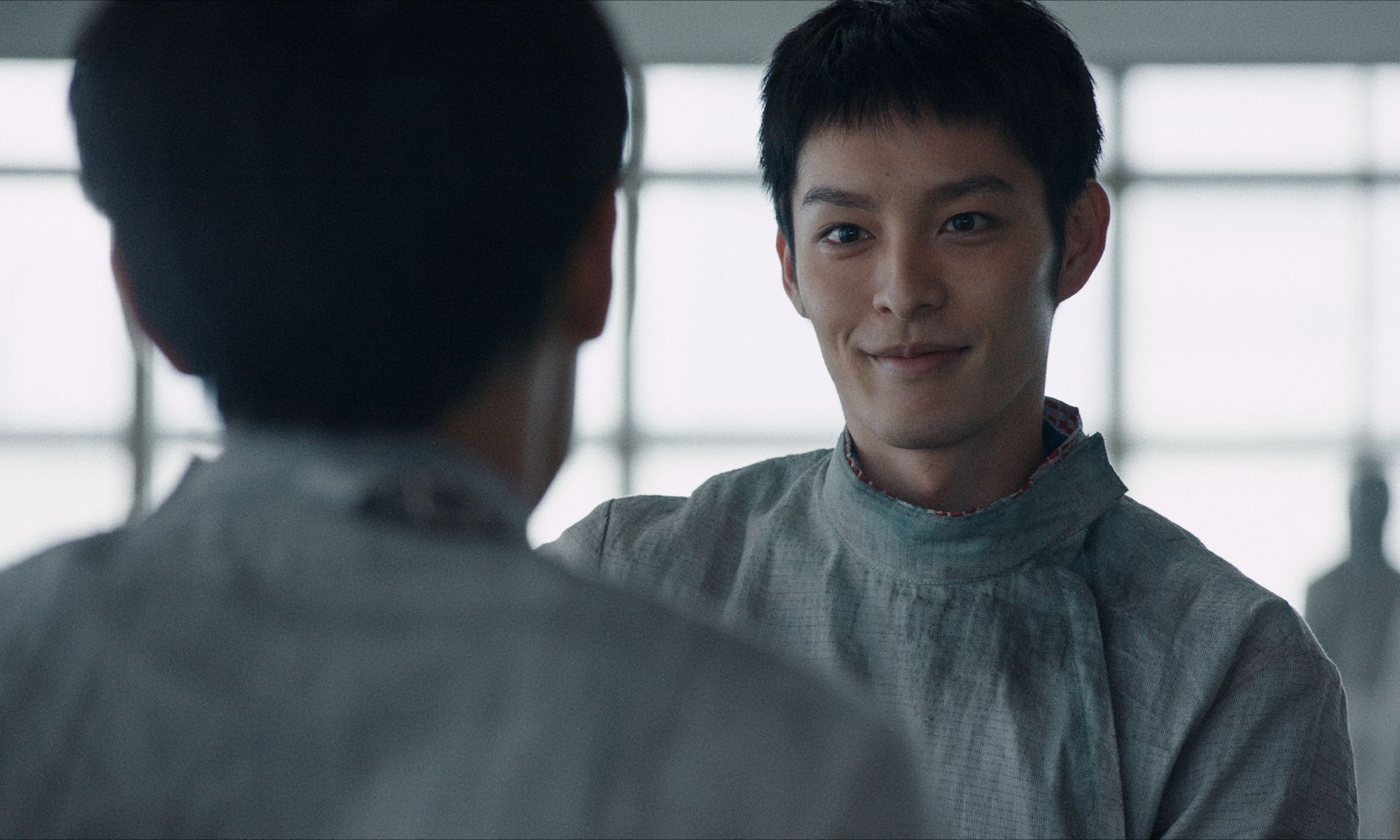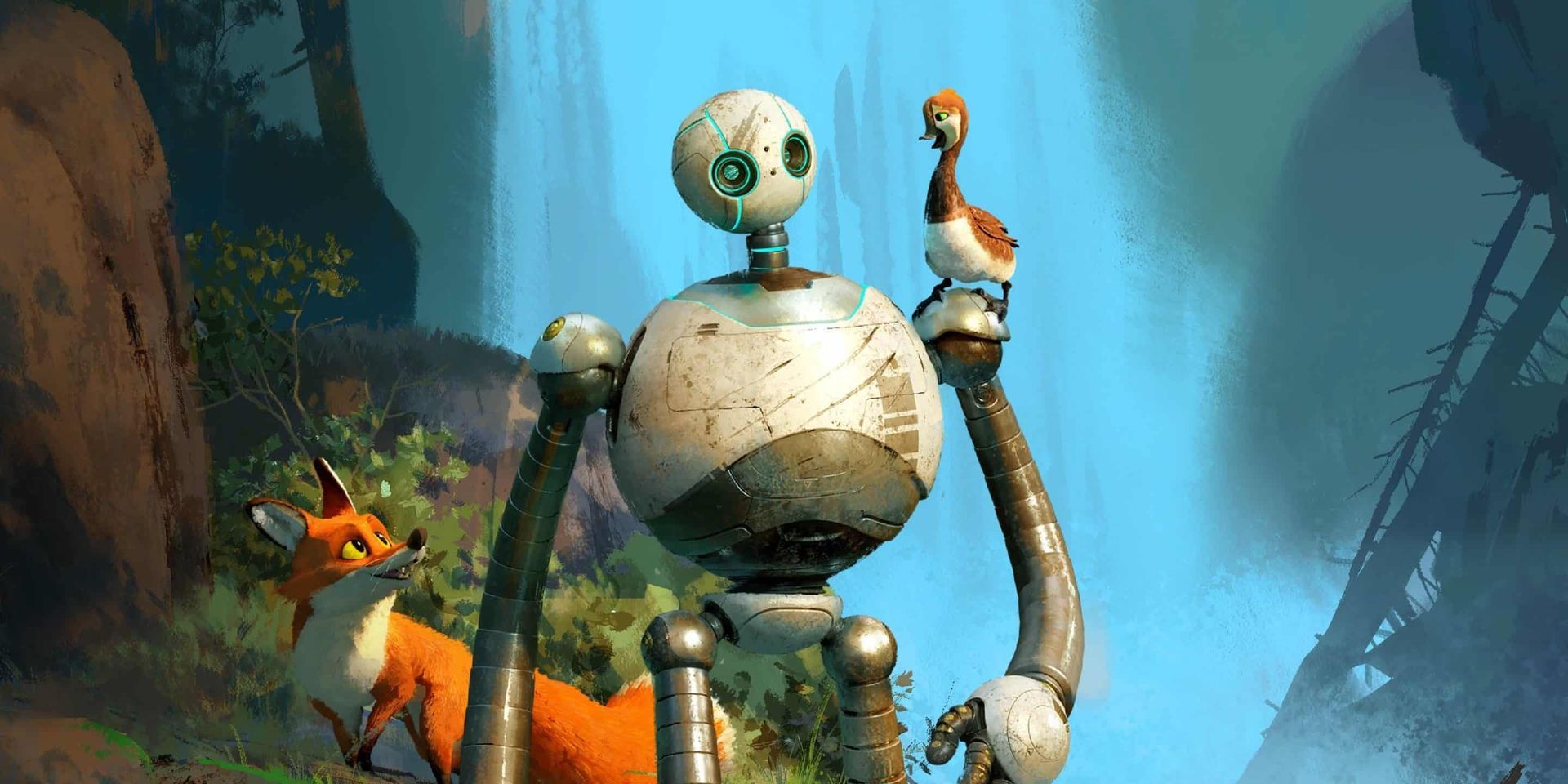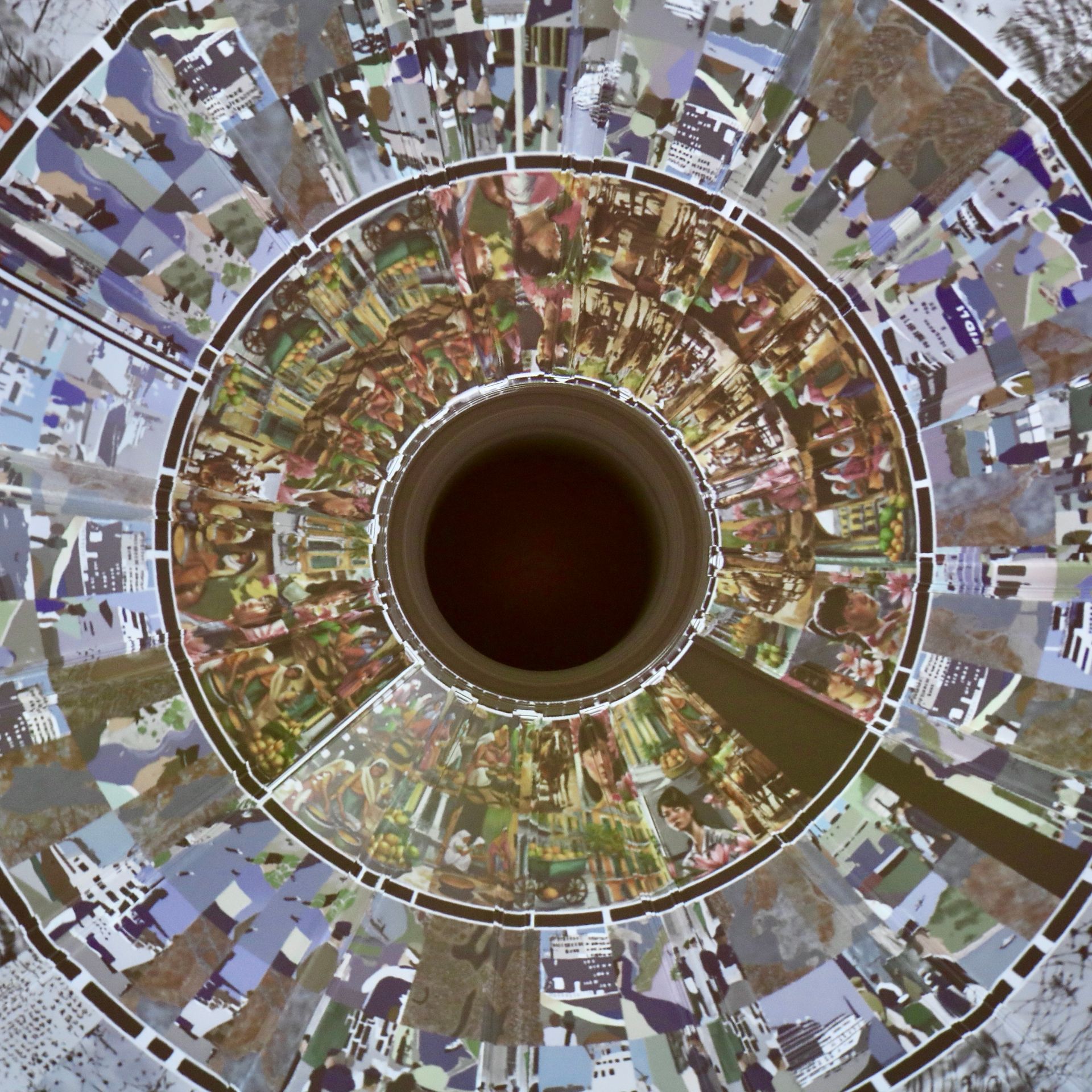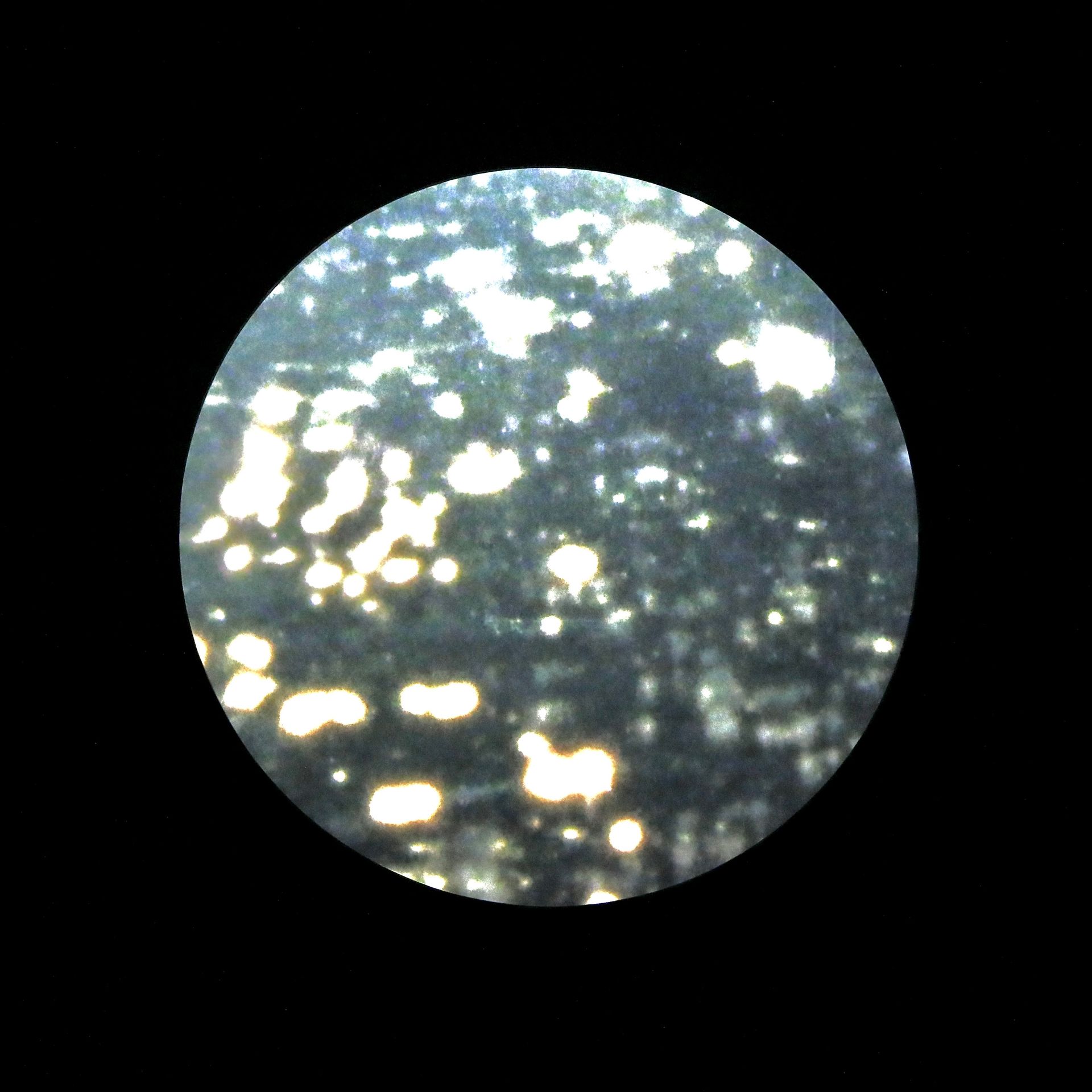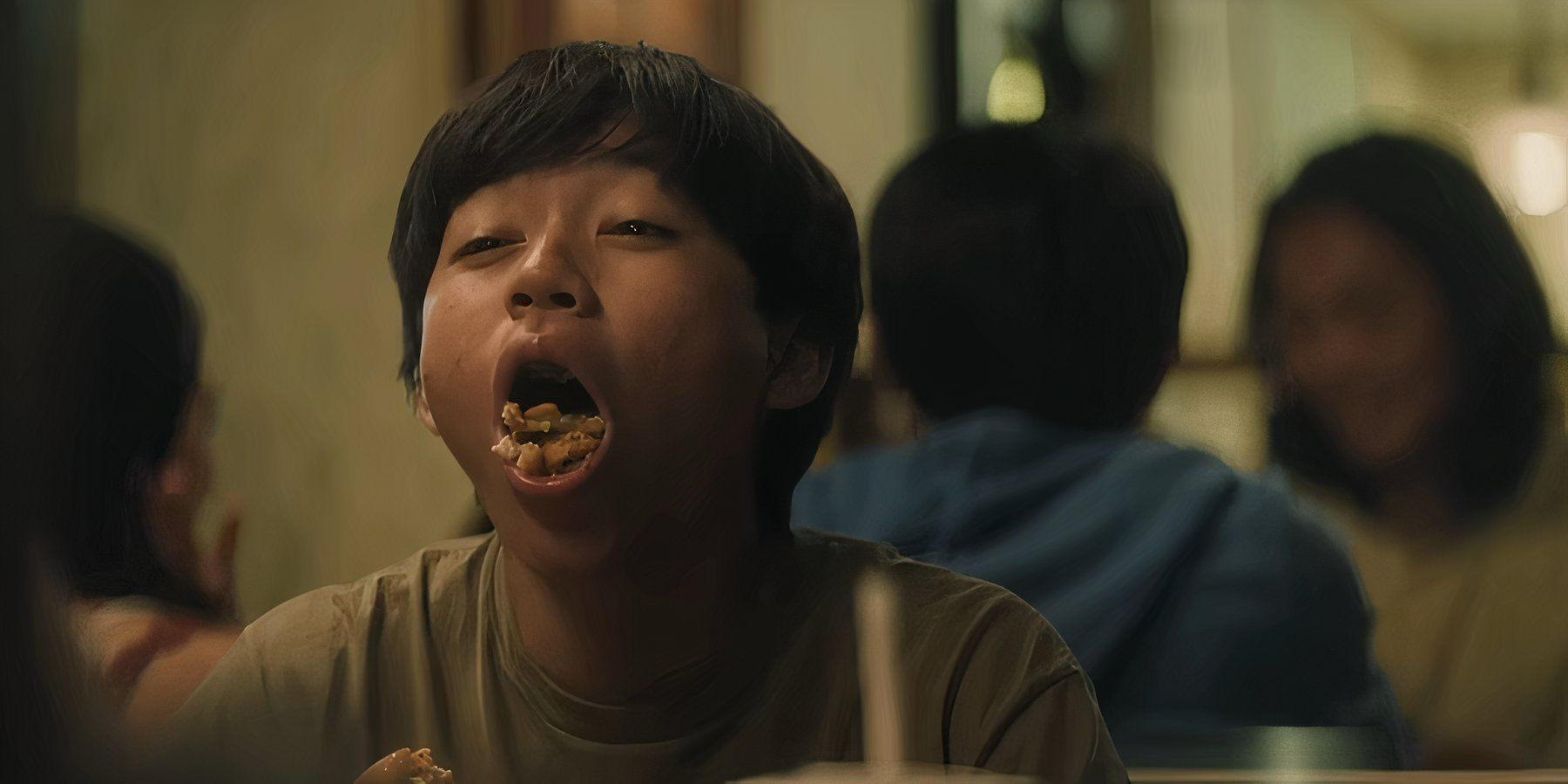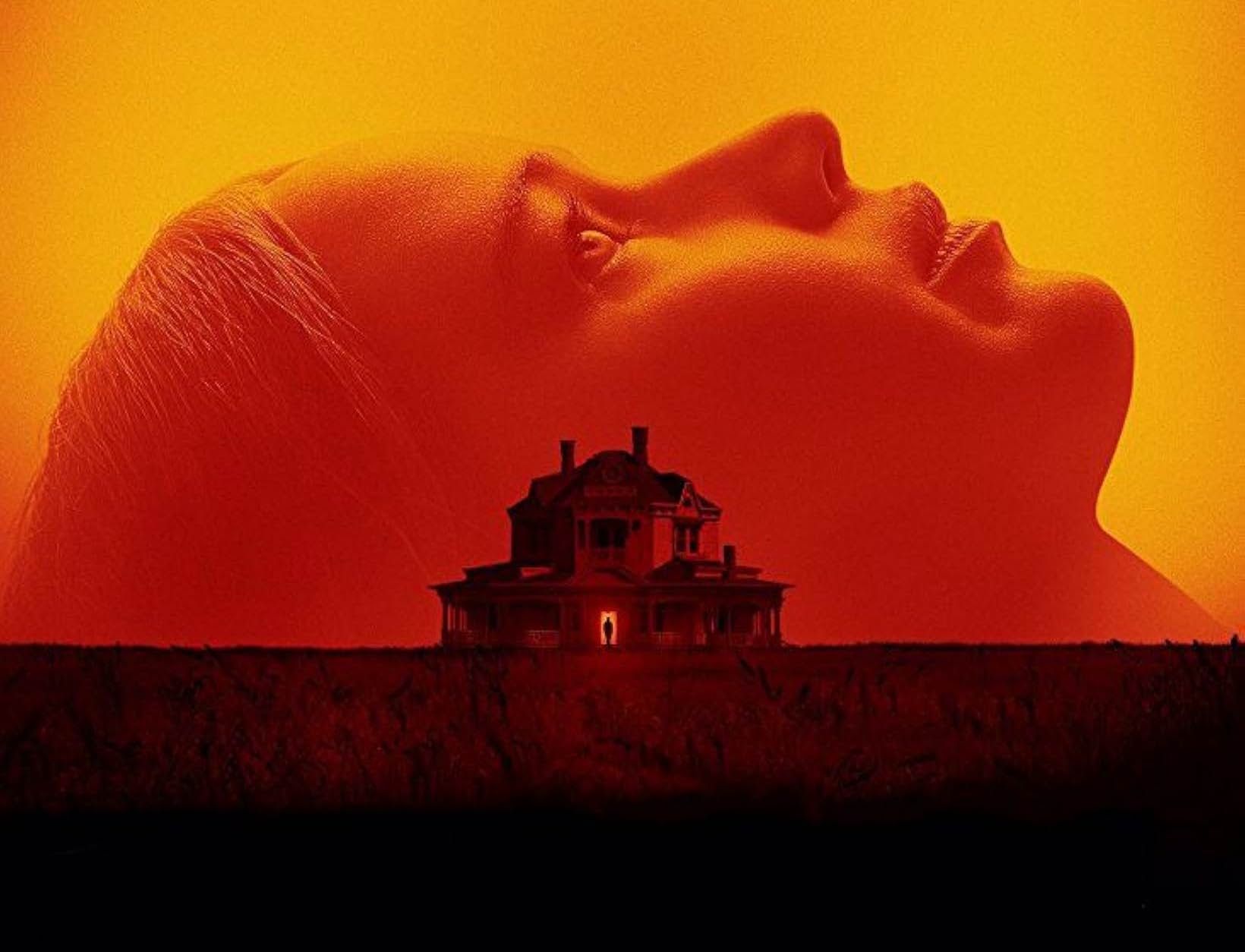Film Review #151: THE GIRL WITH THE NEEDLE
Survival vs. Morality in The Girl with the Needle
Premiering at the 2024 Cannes Film Festival in competition for the Palme d’Or,
The Girl with the Needle is director Magnus von Horn’s third and latest feature film. The story is inspired by true events that happened nearly a century ago, which if you didn’t know before watching this film, provides a real shock as the story unfolds.
The psychological drama follows its young female protagonist, Karoline (Victoria Carmen Sonne), who is struggling to survive in post-WWI Copenhagen with a missing husband, and takes a job as a factory worker. Soon she begins a relationship with the wealthy factory owner, eventually becoming pregnant. Just as it seems her life might improve, fate has other plans. Karoline later meets a woman who can help, but she doesn’t yet know what she is really in for.
At the Cannes press interview, von Horn remarked that he and cinematographer Michal Dymek [EO
(2022),
Sweat
(2020)] decided from the beginning of the project to take their audience on a time travel. The black-and-white treatment successfully emphasised the poverty and struggle of post-war society.
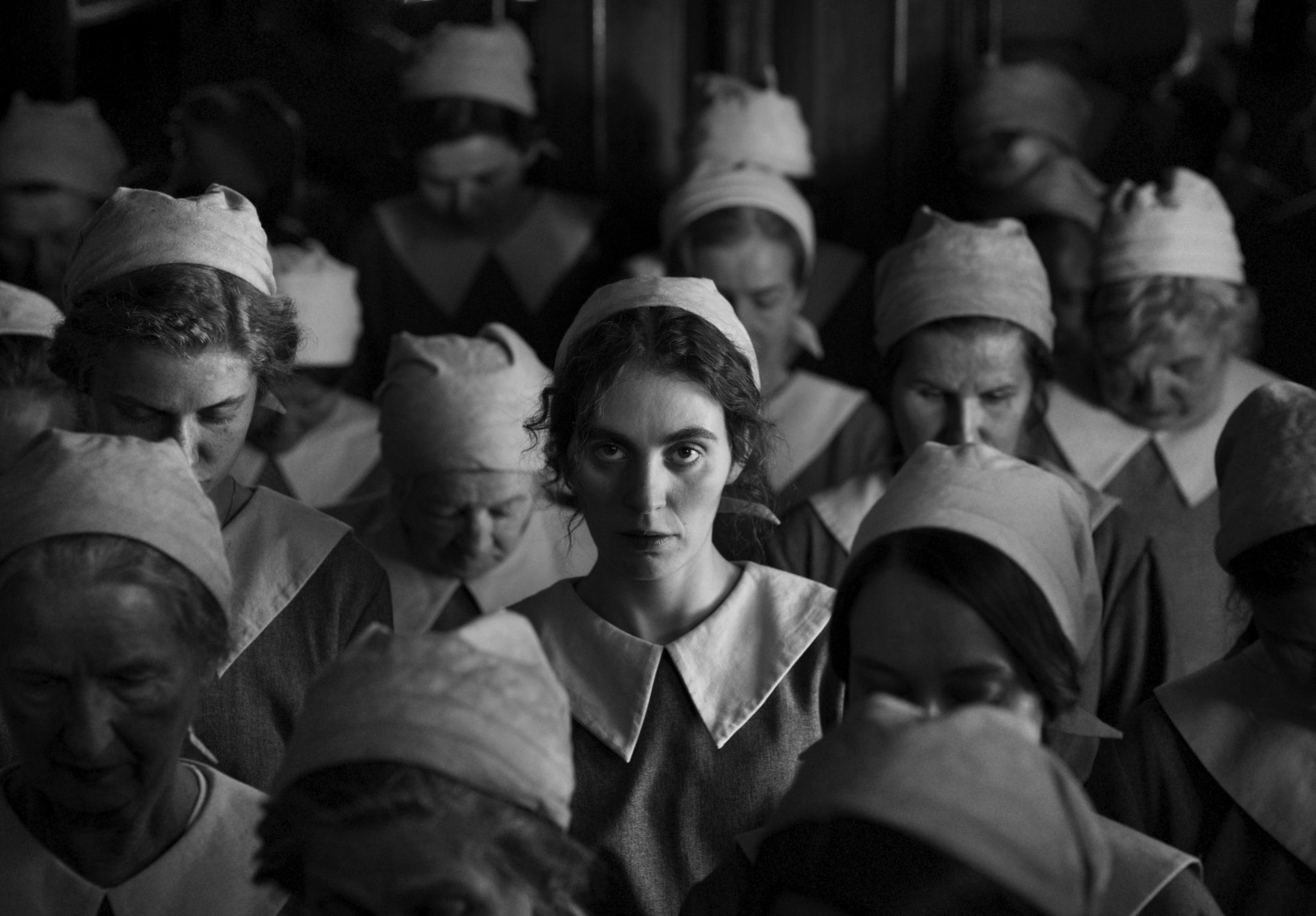
What’s interesting about the narrative structure is that although several moments in The Girl with the Needle unfold in predictable ways, they offer a sense of comfort and ensure that the story is easy to follow. As a result, this allows space for the true shock and horror of Karoline’s predicament to be delivered without overwhelming the audience with narrative complexity.
The plot thickens when the factory owner makes a decision based on Karoline’s pregnancy. The way that this life-changing decision is made reflects societal attitudes of the time and underscores the precarious position of women, especially those who were of an underprivileged economic standing.
What follows quickly after is a key scene at a bathhouse. The camera’s framing of the titular needle on the countertop as well as its focus on Sonne’s facial expression of Karoline coming to a decision in those few seconds, makes it obvious that she would use that needle for something devastating. However, what makes the scene truly shocking is the sheer size of the needle. From the movie poster, I assumed it would be the size of a sewing needle, but it turned out to be far larger and all the more terrifying. While the storyline and camera framing in that moment are predictable, the unexpected scale of the needle creates a jarring contrast that heightens the shock factor. Judging by the gasps and squirms from the audience around me, I wasn’t the only one taken aback.
As the story progresses, another seemingly predictable narrative arc plays out - Karoline’s repeated rejection of her estranged husband, a kind but disfigured troubled man suffering from post-war post traumatic stress disorder (PTSD), feels like another check off the traditional arc of redemption and forgiveness. But while his role is somewhat clichéd, it grounds the narrative, providing Karoline with a lifeline as she navigates her mistakes and choices. Without giving away spoilers, his consistent kindness towards her also makes him the moral centre of the story and someone easy to root for.
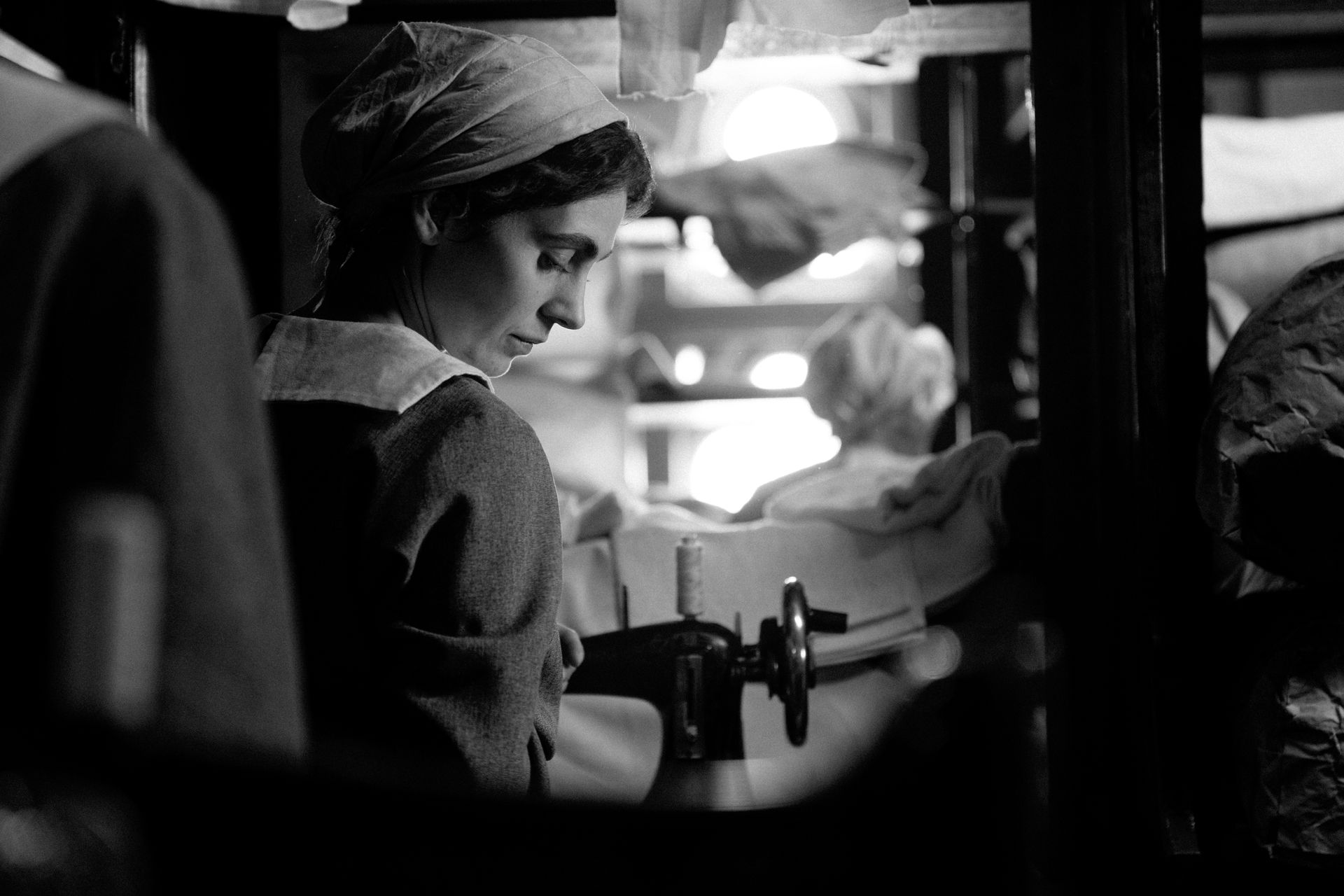
The Girl with the Needle is in essence, a dark fairy tale. Karoline’s journey mirrors the classic hero’s arc: a cycle of struggle, perseverance, and eventual triumph (somewhat). The narrative structure, formulaic as it is, keeps the focus on Karoline and her descent into moral ambiguity. Everything that happens because of and around her keeps her front and centre of the plot – main character energy – and reinforces her agency.
Ultimately, in focusing on her continued complicity (albeit the attendant mental spirals) in something so immoral and inhumane, the film highlights once again the poverty and desperation of the post-war era, and the universal grit to fight against one’s circumstance for survival.
The film forces viewers to grapple with the uncomfortable question:
How far would one go when faced with the impossible choice between survival and morality?
For women like Karoline, it meant navigating a world that offered few choices, forcing them into morally gray or outright abhorrent decisions just to stay afloat. The line between right and wrong blurs when every decision feels like a fight for survival.
This tension between survival and morality remains strikingly relevant today, even in a richer global economy. While we may not face the same level of post-war devastation, modern society still presents its own versions of these impossible choices. From individuals forced to work exploitative jobs due to financial hardship, to the ethical compromises companies make to stay competitive, survival often comes at the expense of moral clarity.
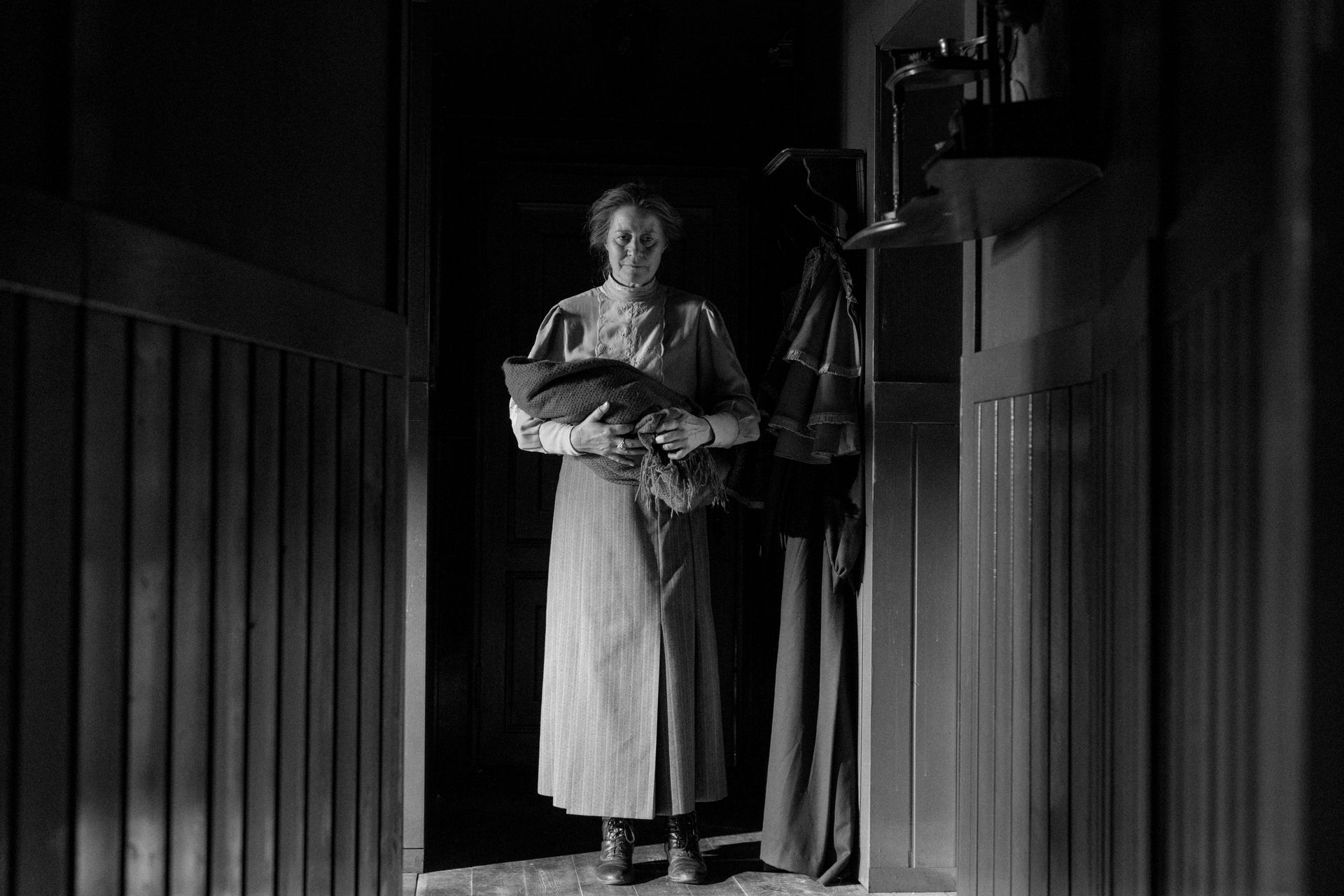
This is why The Girl with the Needle reminds us that while the circumstances may have changed, the fight to survive – and the sacrifices it demands – remains part of the human experience.
And in that, von Horn powerfully takes “something that feels so horrible and [makes] something human about it and [looks] for the humanity in it,” as he says in a press interview at this year’s Cannes Film Festival.
------------------------
About the author: Glennice has always been drawn to the way film and TV unravel the layers of the human condition. For her, these stories act as windows to the world, teaching her about the complexities of life and the intricate connections between people. A marketing professional by day and devotee of the screen by night, Glennice immerses herself in films to understand the world a little better.
The Girl with the Needle has won numerous awards including Best Feature Film at the 2024 Polish Film Festival. It was screened as Singapore Film Society’s Showcase #38 for its Singapore premiere and exclusive one-time screening.
To catch more films like these, join SFS Membership here:
https://www.singaporefilmsociety.com/membership

